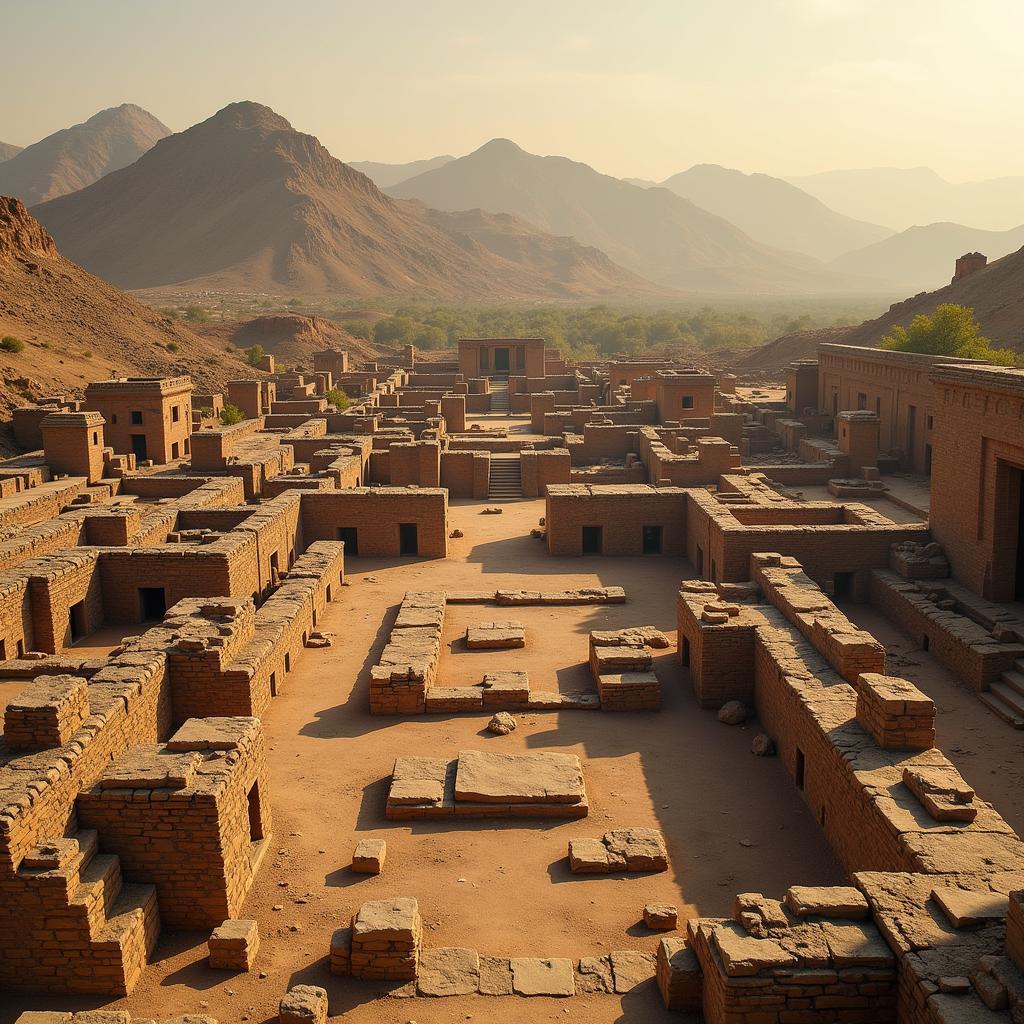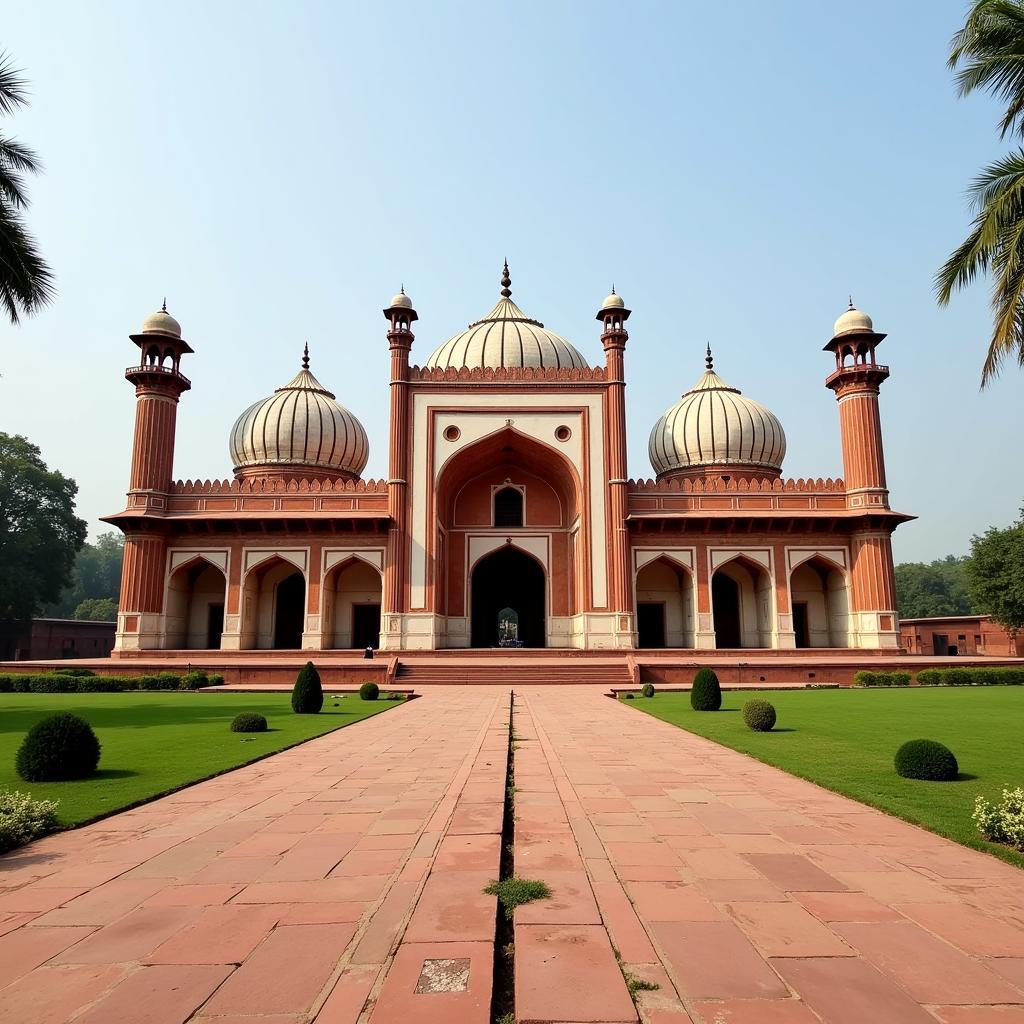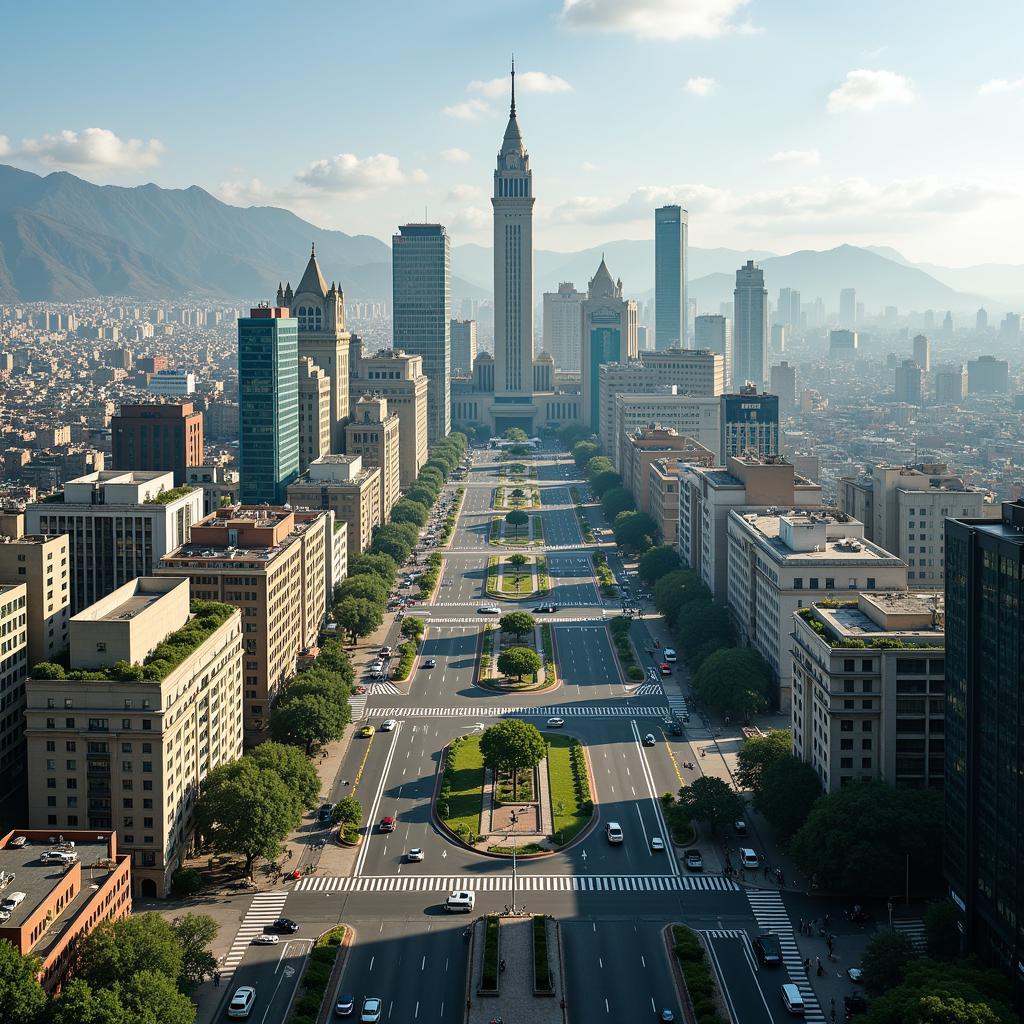Tareekh E Pakistan, the history of Pakistan, is a captivating narrative of resilience, cultural richness, and the pursuit of a distinct national identity. From the ancient Indus Valley Civilization to the modern nation-state, Pakistan’s history is a tapestry woven with diverse threads of influence and remarkable events. This article delves into the key milestones, struggles, and triumphs that have shaped this vibrant nation, offering a glimpse into its rich and complex tareekh.
The Ancient Roots of Tareekh e Pakistan
The story of tareekh e Pakistan begins long before the creation of the modern state. The land that now comprises Pakistan has been a cradle of civilization for millennia, most notably with the Indus Valley Civilization, one of the world’s earliest urban societies. This sophisticated civilization flourished for centuries, leaving behind impressive archaeological sites like Mohenjo-daro and Harappa, which testify to their advanced urban planning, trade networks, and cultural achievements. These ancient roots laid the foundation for the diverse cultural landscape that defines Pakistan today. The region subsequently saw the arrival of various empires and dynasties, including the Persians, Greeks, and Mauryans, each leaving their imprint on the region’s evolving culture and tareekh.
 Ancient Indus Valley Civilization in Pakistan's Tareekh
Ancient Indus Valley Civilization in Pakistan's Tareekh
The Mughal Era and its Influence on Tareekh e Pakistan
The Mughal Empire, which ruled much of the Indian subcontinent for centuries, significantly impacted tareekh e Pakistan. The Mughals, known for their opulent architecture, flourishing arts, and administrative prowess, left an indelible mark on the region’s culture and identity. Magnificent structures like the Badshahi Mosque in Lahore stand as testaments to their architectural legacy. Their influence is still visible in the art, music, and cuisine of Pakistan. The Mughal period witnessed the spread of Islam throughout the region, further enriching the tapestry of tareekh e Pakistan.
 Mughal Empire's Impact on Tareekh e Pakistan
Mughal Empire's Impact on Tareekh e Pakistan
The Road to Independence: A Defining Chapter in Tareekh e Pakistan
The 19th and 20th centuries marked a turning point in tareekh e Pakistan. Under British colonial rule, the seeds of a separate Muslim identity began to sprout. The All-India Muslim League, led by Muhammad Ali Jinnah, spearheaded the movement for an independent Muslim state. The struggle for independence was fraught with challenges and sacrifices, culminating in the partition of India in 1947 and the birth of Pakistan. This pivotal moment in tareekh e Pakistan marked the realization of a long-cherished dream and the beginning of a new chapter in the nation’s journey.
“The creation of Pakistan was a testament to the unwavering determination of the Muslim community,” notes Dr. Ayesha Khan, a prominent historian specializing in South Asian history. “It was a struggle for self-determination and the right to shape their own destiny.”
j tareekh perfume price in pakistan
Modern Pakistan and its Evolving Tareekh
Since independence, tareekh e Pakistan has been marked by periods of both progress and challenge. The nation has navigated political transitions, economic development, and social changes, striving to establish a stable democratic system and achieve its full potential. The challenges faced have been significant, yet the resilience of the Pakistani people continues to drive the nation forward.
“Pakistan’s history is a story of constant evolution and adaptation,” adds Professor Imran Ali, a political scientist at Lahore University of Management Sciences. “It’s a nation that continues to grapple with its identity and its place in the world.”
 Modern Pakistan and its Evolving Tareekh
Modern Pakistan and its Evolving Tareekh
Conclusion
Tareekh e Pakistan is a compelling story of ancient civilizations, powerful empires, and the struggle for self-determination. From the Indus Valley Civilization to the modern nation-state, the journey has been marked by resilience, cultural richness, and the pursuit of a distinct identity. As Pakistan continues to evolve, its tareekh will undoubtedly be shaped by new challenges and triumphs, adding further layers to this captivating narrative.
FAQ
- What is the meaning of “tareekh e Pakistan”? It means the history of Pakistan.
- What is the significance of Mohenjo-daro in tareekh e Pakistan? It is a major archaeological site from the Indus Valley Civilization.
- Who led the movement for Pakistan’s independence? Muhammad Ali Jinnah.
- When did Pakistan gain independence? 1947.
- What are some key challenges faced by Pakistan since independence? Political transitions and economic development.
- What are some of the ancient civilizations that existed in the region now known as Pakistan? The Indus Valley Civilization is a prominent example.
- How did the Mughal Empire influence tareekh e Pakistan? Through its architecture, arts, and the spread of Islam.
For further assistance, please contact us at Phone Number: +923337849799, Email: [email protected] or visit our address: Dera Ghazi Khan Rd, Rakhni, Barkhan, Balochistan, Pakistan. We have a 24/7 customer service team.